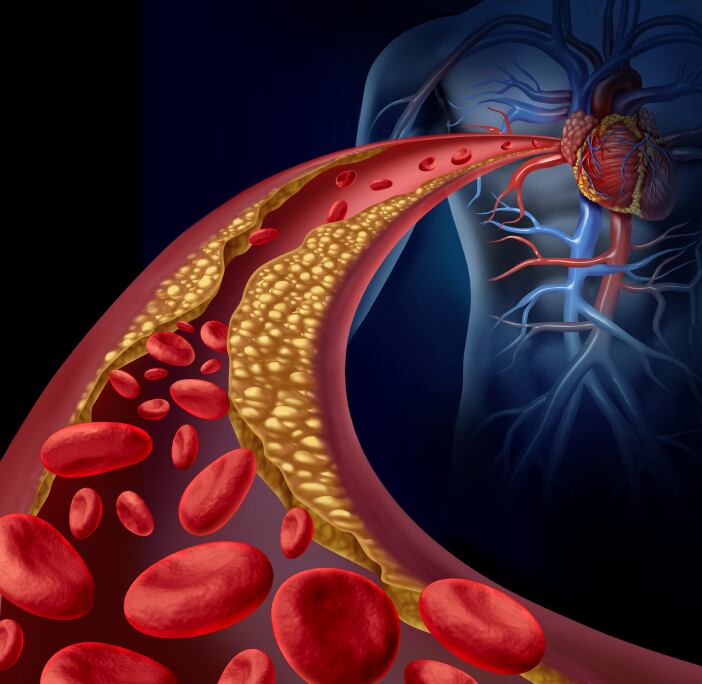The findings are significant for populations with a high risk of cardiovascular disease, such as type 2 diabetics who have normal levels of LDL but elevated levels of non-HDL ‘bad’ cholesterol types.
Barley has a lowering effect on the total bad cholesterol in these high-risk individuals, but can also benefit people without high cholesterol.
Its generous source of beta-glucan (β-glucan), a viscous soluble fibre, has been shown to have similar cholesterol lowering properties to oats.
“The benefit of barley lies in its high content of the viscous fibre, β-glucan. Viscous fibres have been shown to effectively lower blood cholesterol, glucose, and blood pressure,” said Dr Vladimir Vuksan, lead research scientist and associate director of the Risk Factor Modification Centre of St. Michael's Hospital in Canada.
“Conversely, non-viscous fibre, which is the major fibre component of other grains, show non-metabolic effects, such as stool bulking, increase transit times, etc.”

The review included 14 studies on clinical trials conducted in seven countries, including Sweden, Italy and the Netherlands.
It found diets enriched with a median dose of 6.5 and 6.9 g per day of β-glucan were found to decrease LDL cholesterol and non-HDL cholesterol levels by 7% respectively, compared with control diets.
Barley β–glucan also appeared to reduce apolipoprotein B (apoB) levels in individuals with high cholesterol. However, this reduction was not deemed significant due to a small sample size.
ApoB is a lipoprotein which carries bad cholesterol through the blood. Measuring non-HDL and apoB provides a more accurate assessment for cardiovascular risk, as they account for the total 'bad cholesterol' found in the blood.
“Our meta-analysis indicates that incorporating barley or barley foods may significantly reduce cholesterol levels, compared to wheat or rice bran,” said Vuksan.
Study details
In total, 14 trials were included in the final meta-analysis. These trials were randomised, with 57% (eight trials) adopting a crossover design and 43% (six trials) using a parallel design.
Study subjects were generally middle aged (median age 47 years) with a higher proportion of males than females (60% male, 40% female).
Participants were slightly overweight (median Body Mass Index (BMI) 26.1 kg/m2). The majority of the trials (11 trials, 79%) were conducted in individuals with high cholesterol.
Previous studies

The human health benefits of barley have not been as extensively researched as other grains. Vuksan’s study is the first to look at the effects of barley and barley products on both LDL and non-HDL cholesterol in addition to apoB.
Similar reviews have focused on the cholesterol lowering effect of barley β-glucan. In 2008, one piece of research reported an LDL-cholesterol reduction of 0.26 millimole per litre (mmol/L) with a median β-glucan dose of 7 g per day based on seven studies.
A second review demonstrated that LDL-cholesterol was lowered by 0.27 mmol/L with a median dose of 5 g per day based on 11 studies.
Despite barley being one of the oldest crops, it is considered a poor relation to other grains such as oats. Vuksan believed consumer knowledge of barley’s health benefits could be the reason.
“Public health education regarding the health benefits of viscous fibre, including β-glucan, of which barley is one of only two major sources, is deficient and may impact customer selections of other grain products over barley,” he said.
Source: The European Journal of Clinical Nutrition
Published online ahead of print, doi:10.1038/ejcn.2016.89
“A systematic review & meta-analysis of randomized controlled trials of the effect of barley β-glucan on LDL-C, non-HDL-C and apoB for cardiovascular disease risk reduction.”
Authors: V. Vuksan et al.
